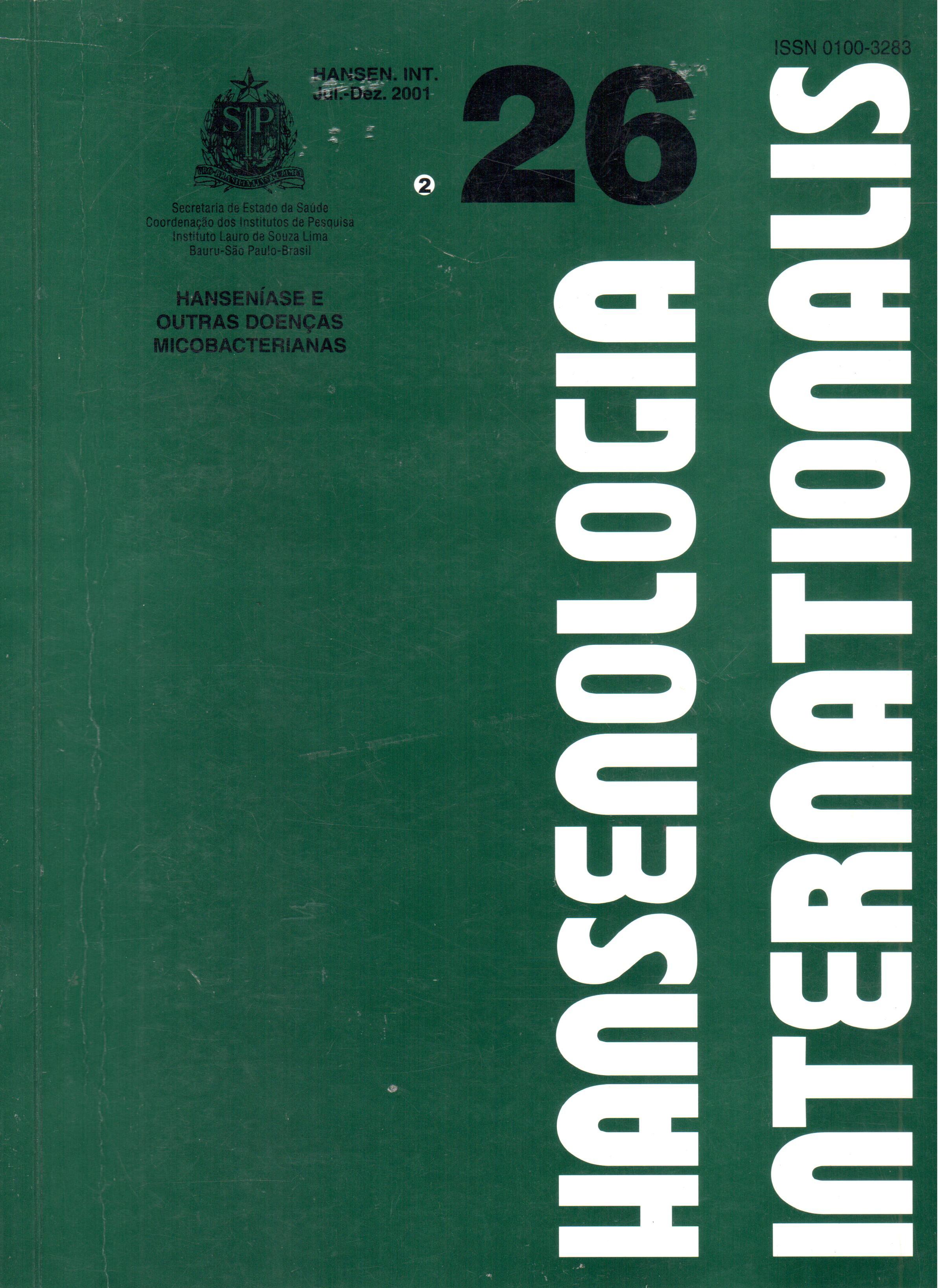Resumen
A utilização das órteses como um recurso da reabilitação da mão se baseou no estudo comparativo entre dois tipos de órteses dinâmicas, a confeccionada em couro e a confeccionada em material termoplástico, para correção da garra móvel, através da goniometria ativa de extensão das articulações interfalângicas proximais (IFP). A amostra do estudo foi constituída de 30 hansenianos portadores de garra móvel, ulnar ou ulno-mediana em uma das mãos, de ambos os sexos e com idade entre 20 a 81 anos. A comparação foi realizada pela medida da goniometria sem a órtese e fazendo uso de cada uma delas. Os resultados foram analisados estatisticamente através do teste de Wilcoxon com á=0,005. Ambas as órteses melhoraram o padrão de garra e obteve-se uma correção mediana de 85,5% com a órtese de termoplástico e 53% com a de couro.
Citas
2 BRAND, P.W.; HOLLISTER A. Clinical mechanics of the hand. 2.ed. St. Louis: Mosby, 1993
3 CAMBRIDGE, AC Range of motion measurements of the hand. In: HUNTER, J. M.; MACKIN, E.J.; CALLAHAN, A.D. Rehabilitation of the hand: surgery and therapy. St. Louis, Mosby, 1995. cap.8, p.93-108.
4 COLDITZ, J.C. Splinting the hand with a peripheral nerve injury. In: HUNTER, J. M.; MACKIN, E.J.; CALLAHAN, A.D. Rehabilitation of the hand: surgery and therapy. St. Louis, Mosby, 1995. cap.38, p.679-692.
5 DUERKSEN, F; VIRMOND, M. Fisiopatologia da mão em hanseníase. In: DUERKSEN, F.; VIRMOND, M. Cirurgia reparadora e reabilitação em hanseníase. Bauru: Centro de estudos Dr. Reynaldo Quagliato/Instituto Lauro de Souza Lima/ALM Internacional, 1997. cap.24, p.199-210.
função e da auto-estima. ABSTRACT
The objective of this study was the comparison of two kinds of dynamic splints, fabricated in leather and in thermoplastic material used to correct the flexible claw hand in leprosy affected individuals, regarding; the claw correction through active extension of proximal interphalangeal joint (PIP) goniometry. The subject population was formed by 30 leprosy patients, both sexes, witch presented with flexible ulnar or ulnar-median claw hand, with ages between 20 and 81 years, submitted to the use of a leather or thermoplastic splints. The two splints were compared. The results where statistically treated, showing that both splints improved the claw pattern, the thermoplastic splint had 85,5% claw correction and, the leather splint had 53%. It was concluded, that the splints, are helpful in correcting the claw hand deformities and self-esteem.
Uniterms: Claw hand, Splints
6 FESS, E.E.; GETTLEK, K.; STRICKILAND, J. Hand splinting: Principles and methods. St. Louis: Mosby, 1981.
7 FESS, E.E. Principles and methods of splinting for mobilization of joints. In: HUNTER, J. M.; SCHNEIDER, L. H.; MACKIN, E. J.; C AHAN, A. D. Rehabilitation of the hand: surgery and therapy. St. Louis: Mosby, 1995. cap.95, p.1589-1598.
8 MALICK, M.H. Manual de férulas dinámicas de mano con materials termoplásticos- materials de baja temperatura y técnicas. Versión espanola por Doris Schanzer, Pittsburgh: Harmaville Rehabilitation Center, 1974.
9 OLIVEIRA, M.H.P.; GOMES, R.A hanseníase na perspectiva do gênero. In: BARATA, R.B.; BRICEÑO-LEON, R. Doença endêmicas: abordagem sociais, culturais e comportamentais. Rio de Janeiro. Fiocruz, 2000.
10 TROMBLY, C.A. Orthoses: Purposes and treatment In: TROMBLY, C.A. (Ed.) Occupational Therapy for physical dysfunction. 3rd ed. Baltimore: Willians and Wilkins, 1989. cap. XX, p. 329-355.

Esta obra está bajo una licencia internacional Creative Commons Atribución 4.0.
